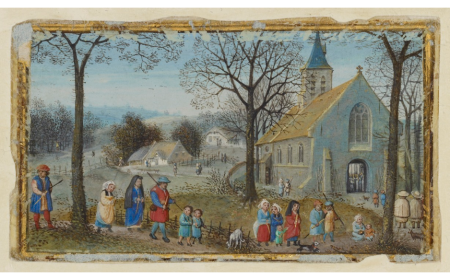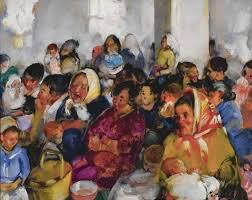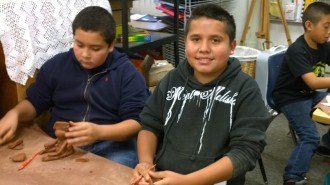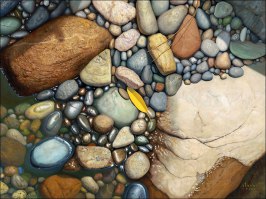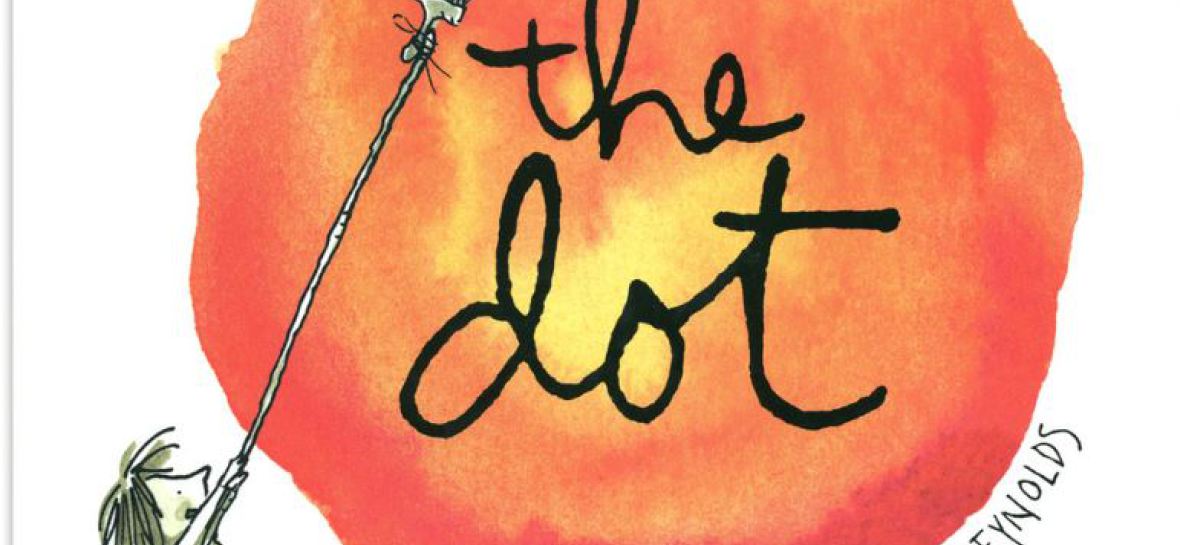

- Sketchbook Keeping to Picture Your World
- Thoughts on My Bike: Picturing Places
- Sharing Stories
- Dog of My Own
- Using Art to Tell Stories and Create Dramatic Tableaus
- The Boy Who Drew Cats
- The Barn Dance
- The Snowman
- Nature's Rain Song
- Aboriginal Rain Sticks
- Cloud Catchers Moods of Weather
- Tiles representing Cultures
- Narrating a Family Tradition
- Pet Rocks
- Safari A Story Collage
An Adapted Getty Lesson Narrating a Family Story
|
Grades/Level: adjusted for 2nd Grade |
Students will observe a a painting of family interaction. Theyn the will be asked to interview a family members and write a paragraph about a special family memory, or story. After a class discussion on how an artist creates the illusion of depth, students will create a collage illustrating their family memory with a distinct foreground, middle ground, and background. Possible interview questions could be coming to America, a memory of home land, or a memory of how grandpa met grandma.
|
Learning Objectives |
||
|
Students will be able to: family interaction • interview family members and record a family story and supporting details about a family tradition. foreground, middle ground, and background to create the illusion of depth . |
|
Materials |
|||
|
• Reproduction of Villagers on Their Way to Church by Simon Bening Too Many Tamales and Snapshots From a Wedding by Gary Soto The Relatives Came by Cynthia Rylant • Lined paper |
|||
|
Lesson Steps |
||||||||||||||||||||||||||||||||||||||||
|
Part 1: Looking at the Painting by Simon Bening. Have students look silently at the artwork for 30 seconds. Then guide a class discussion by asking the following questions: Whatdo you see? What makes you say that? What do you think? What makes you say that? What do you wonder? What makes you say that?
|
||||||||||||||||||||||||||||||||||||||||
Artful Teaching
Mrs. Schellenberg & Young Artists
Ralph Waldo Emerson's Poem: Success- to leave the world a bit better, whether by a healthy child, a garden patch or a redeemed social condition; To know even one life breathed easier because of you.
Thank you AT&T
We used the wiring for our artful galimotos


